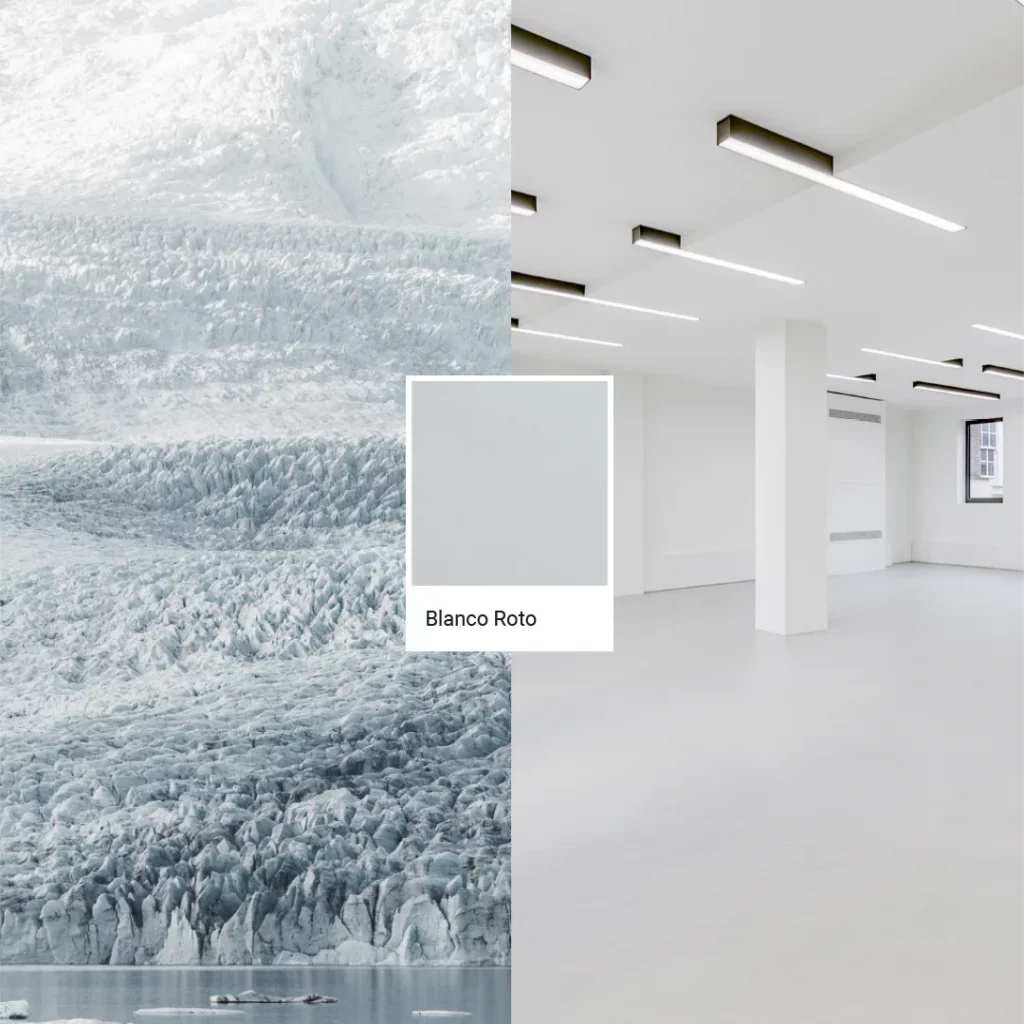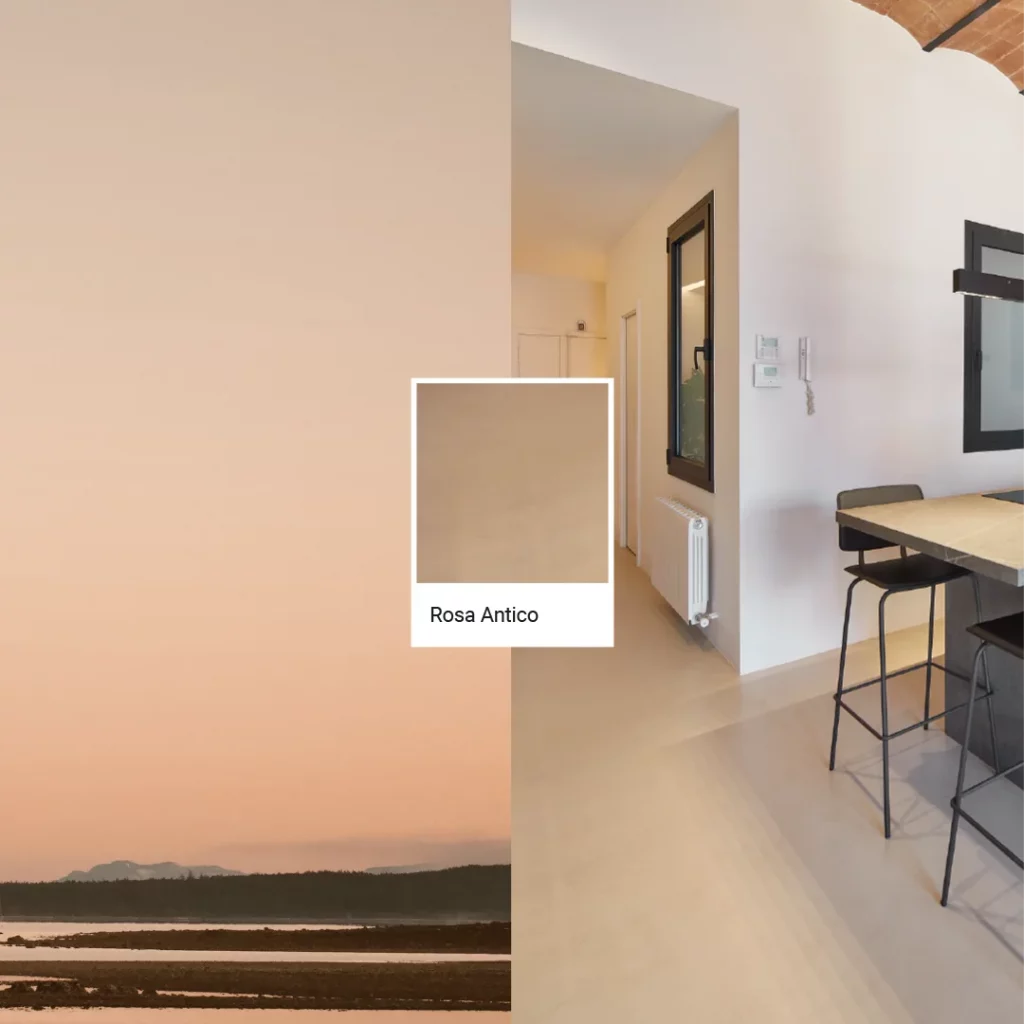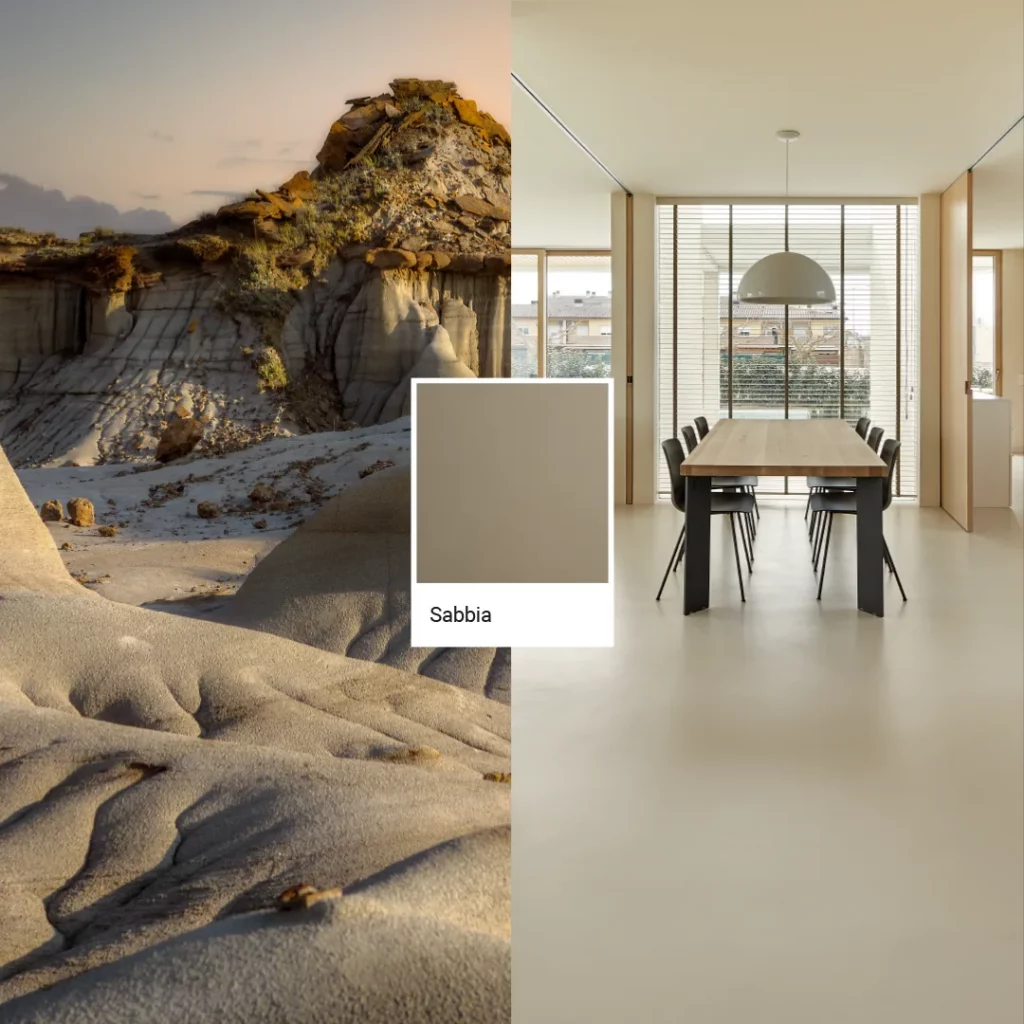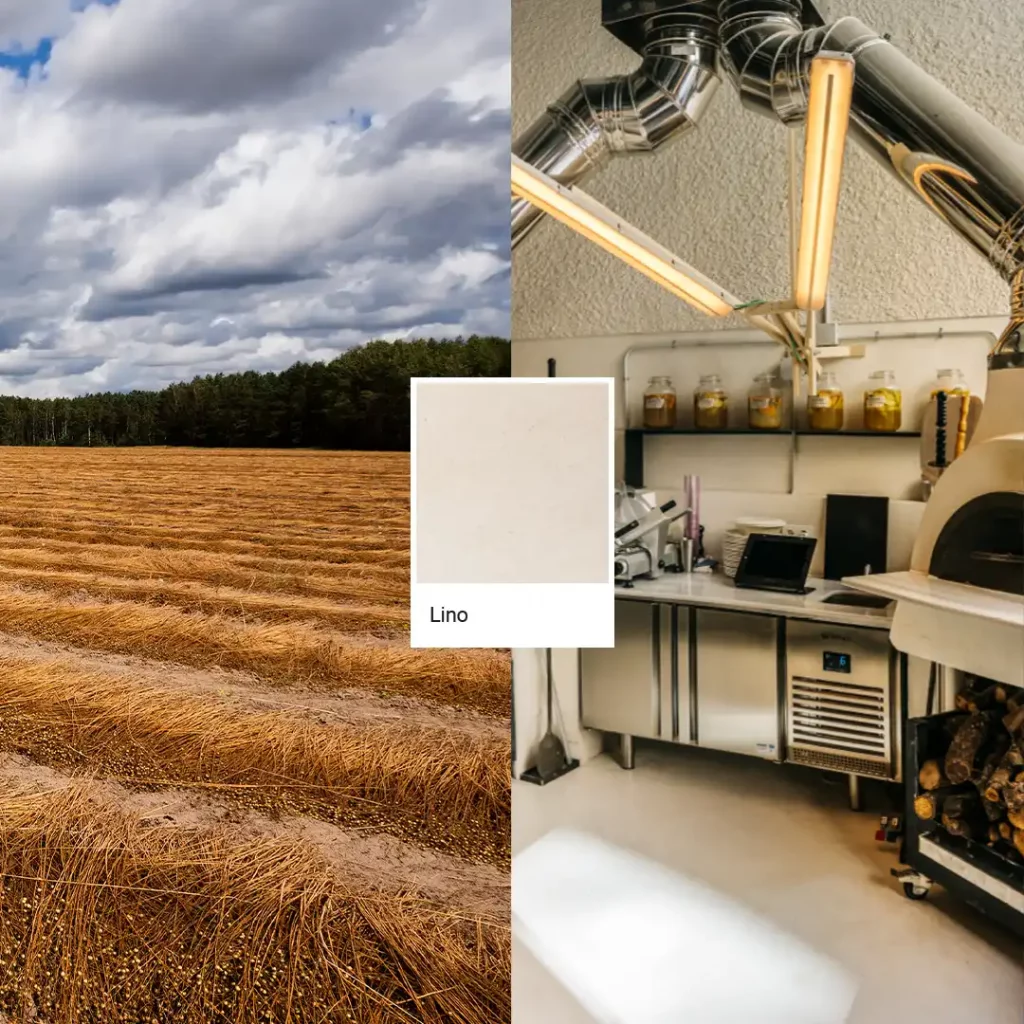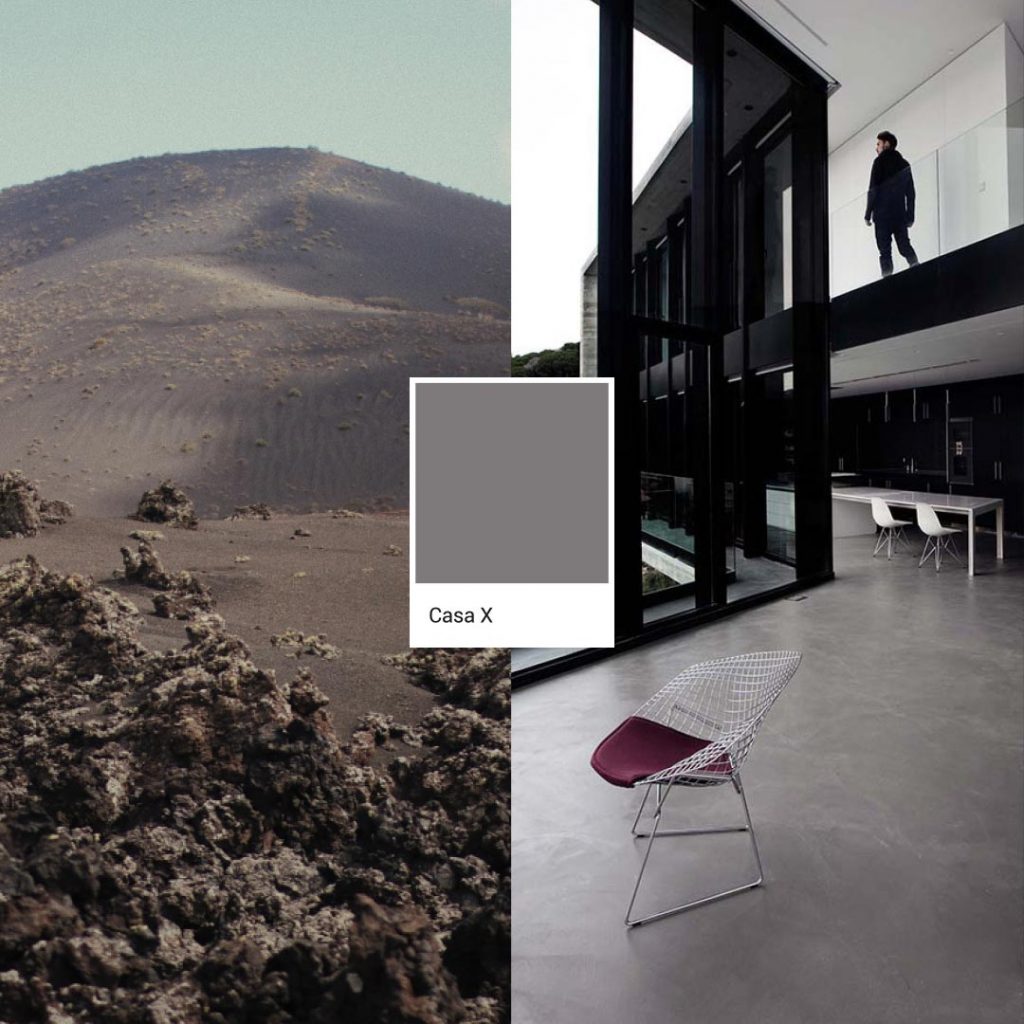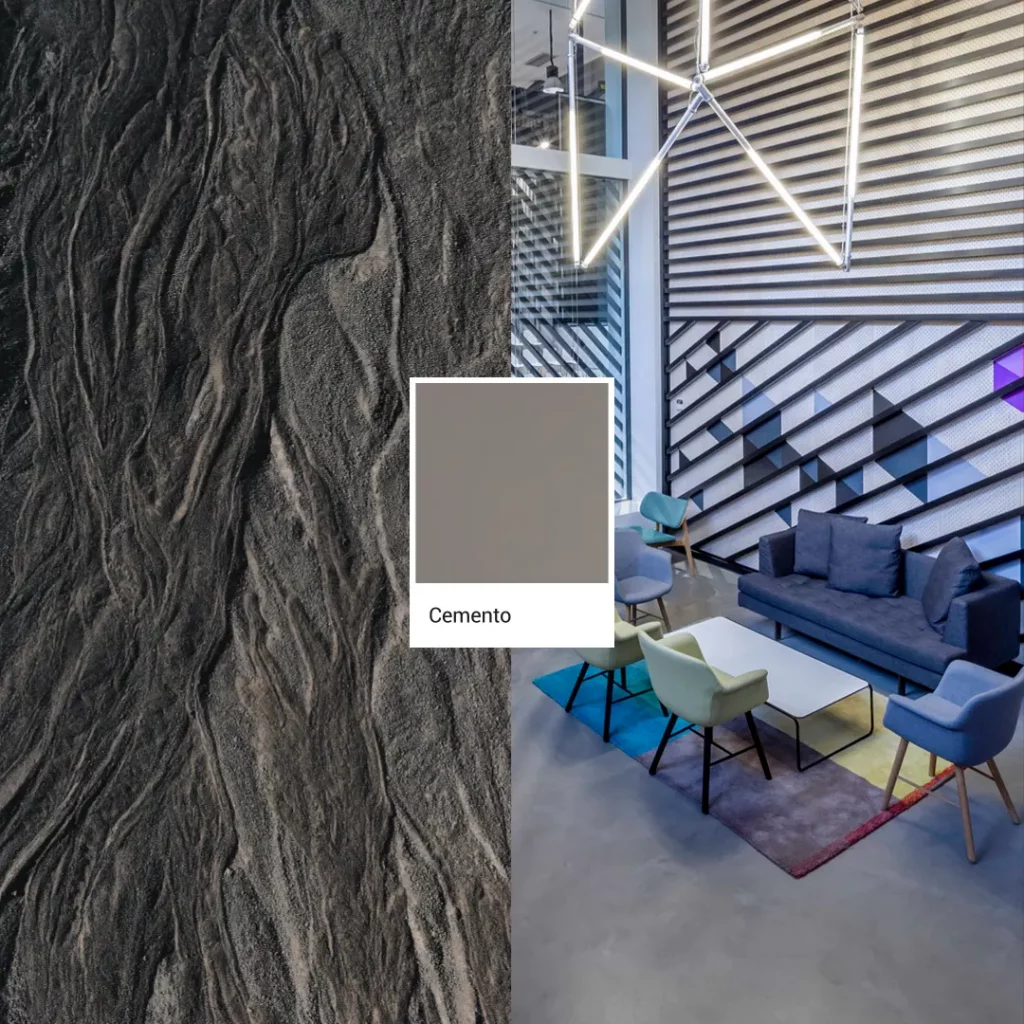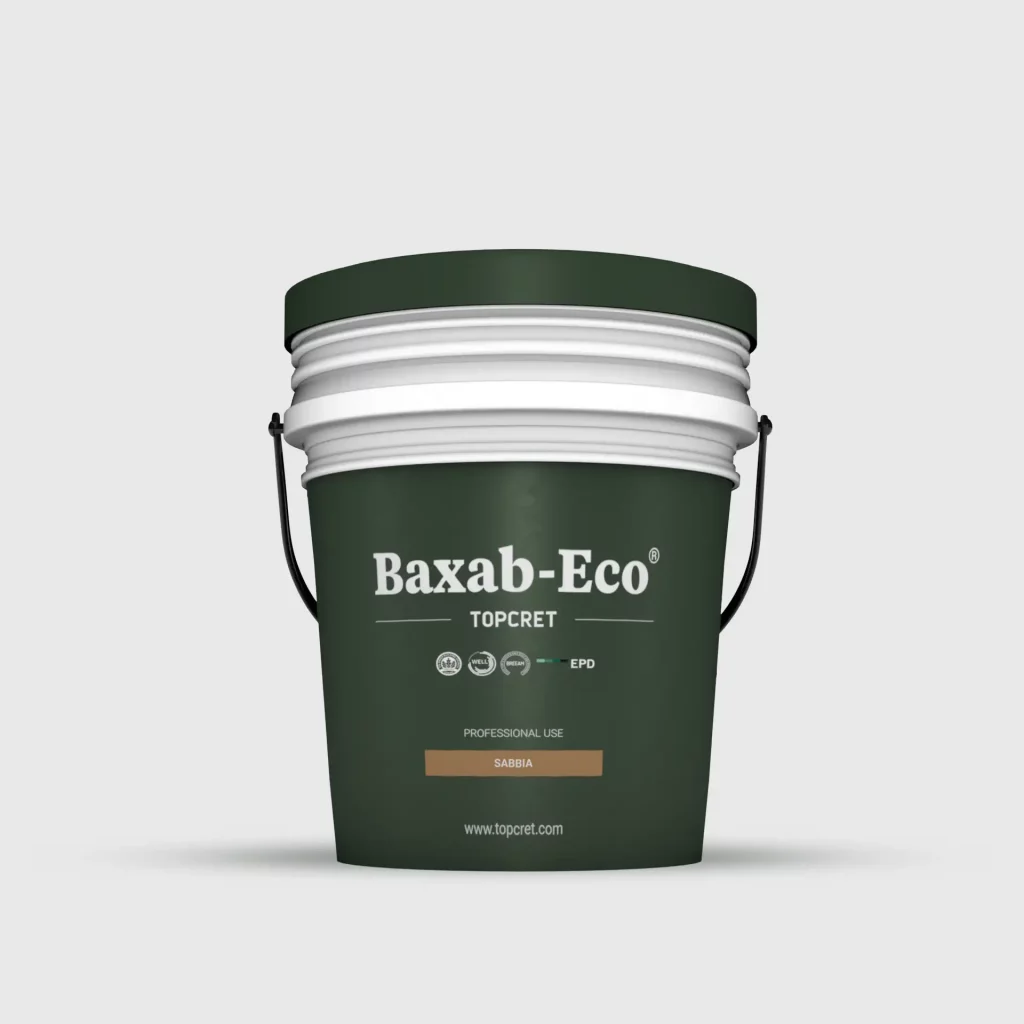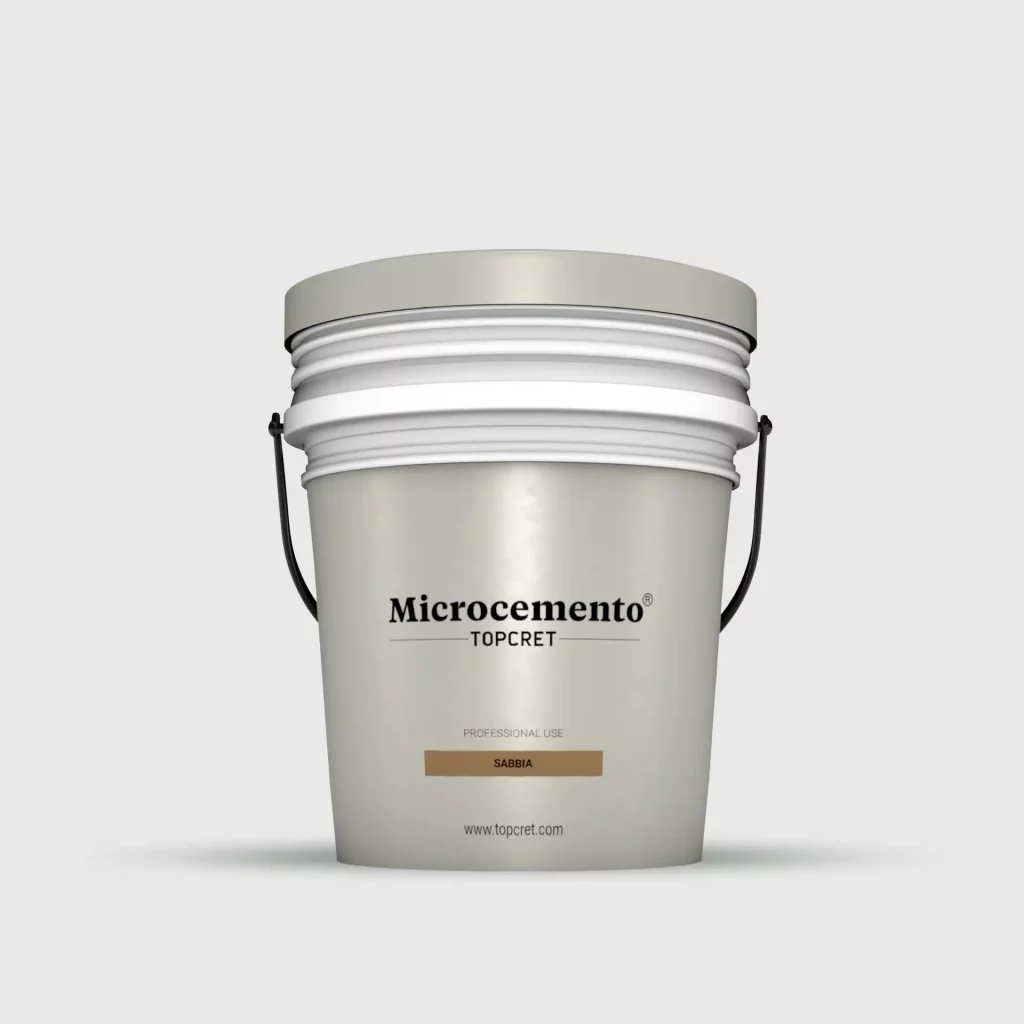TOPCRET MICROCEMENT
Microcement Walls: Everything You Need to Know
Discover How to Enhance Your Space with Stunning Microcement Wall Coverings.
Microcement walls have become increasingly popular in the world of interior design and architecture.
This versatile wall finish offers numerous advantages and opens up a world of creative possibilities for both residential and commercial spaces.
Whether you’re looking to achieve a sleek and modern look or add a touch of texture and elegance to your walls, microcement is a fantastic choice.
In this article, we will explore the advantages of microcement walls, learn how to apply microcement on walls , discover inspiring design ideas, and answer common questions about this remarkable wall finish.
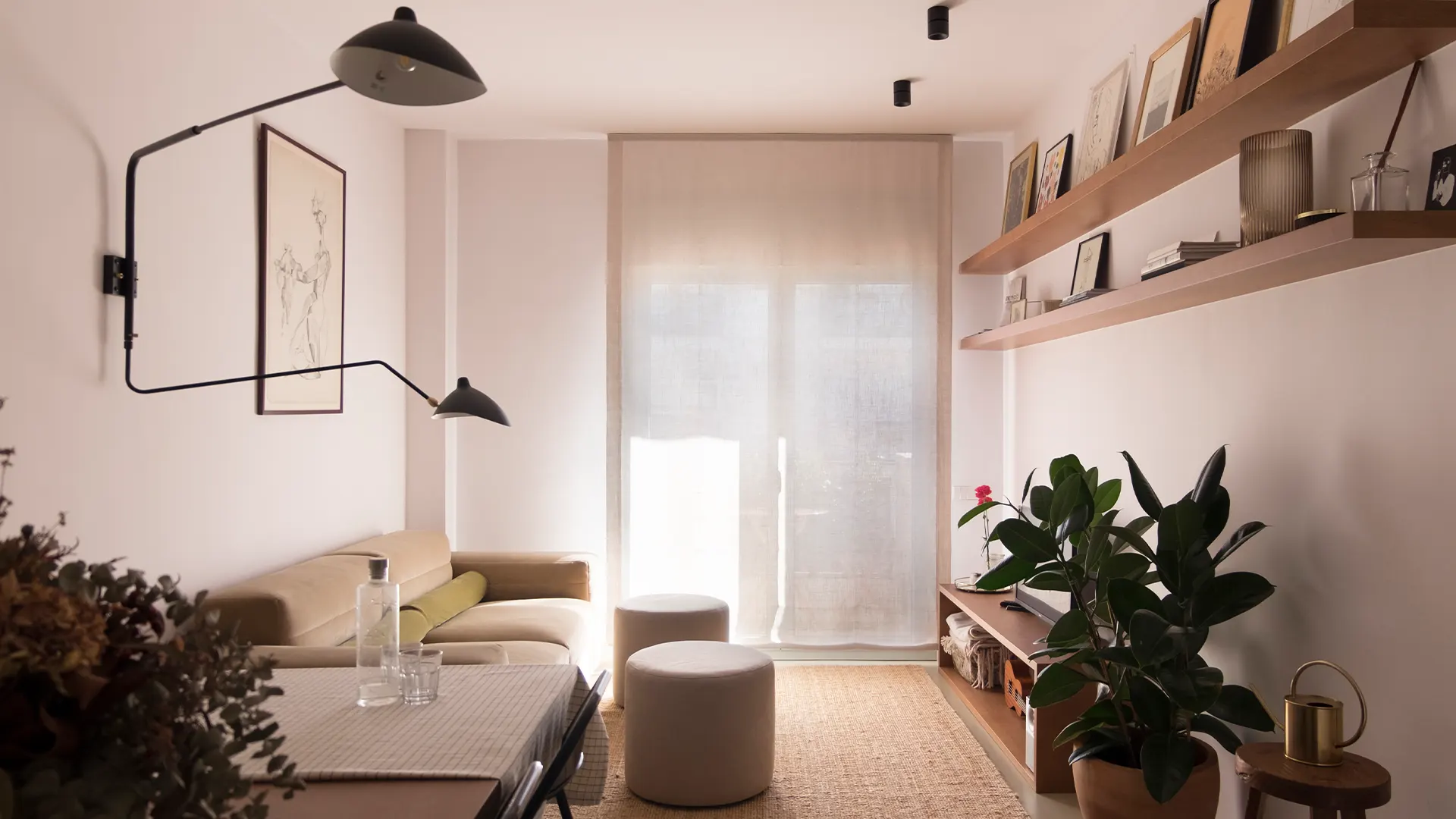
8 Key Advantages of Microcement walls
1. Durability and longevity
One of the key benefits of microcement walls is their durability and resistance to wear and tear. Microcement is a cement-based material that creates a thin, yet tough, layer on walls. It can withstand moisture and even fire, making it a perfect choice for high-traffic areas like kitchens, bathrooms and hallways.
2. Versatile Design Options
Microcement allows for endless design possibilities, making it a versatile choice for enhancing the aesthetics of any space. Whether you prefer a sleek and modern look or a more rustic and textured finish, microcement can be customized to suit your unique style and design preferences. Microcement can be applied to both interior and exterior walls, providing a seamless and cohesive look throughout your home. With the ability to choose from a variety of colours, patterns, and textures, microcement walls offer a high level of customization.
3. Impermeability and Water Resistance
Microcement walls are highly impermeable, making them resistant to water damage and mold growth. This is especially important in areas like bathrooms and kitchens, where moisture and humidity are common. Microcement walls provide a protective barrier against moisture, keeping your home safe and healthy.
4. Cost-Effective Solution
Microcement walls offer a cost-effective alternative to more expensive materials such as stone or marble. The application process of microcement is generally quicker and requires fewer materials, resulting in cost savings. Additionally, the long-term durability and low maintenance requirements of microcement walls contribute to their cost-effectiveness, as they eliminate the need for frequent repairs or replacements.
5. No Construction Required
One of the most significant advantages of microcement walls is that they require minimal building work. Unlike traditional wall coverings like tiles or wallpaper, microcement can be applied directly onto existing surfaces.
For instance, you can apply microcement on tiles, reducing the need for extensive building work and saving time and money.
6. Seamless and Smooth Finish
One of the most appealing features of microcement walls is their seamless and smooth finish. Unlike traditional wall finishes that may have visible seams or grout lines, microcement walls provide a continuous surface that creates a sleek and modern look. This seamless finish not only enhances the aesthetic appeal of the space but also makes cleaning and maintenance easier, as there are no grout lines to trap dirt or grime.
7. Easy Maintenance
Microcement walls are relatively easy to maintain, requiring minimal effort to keep them looking their best. Regular cleaning with a mild detergent and water is usually sufficient to remove dust and maintain their shine. Unlike other wall finishes that may require extensive cleaning or special treatments, microcement walls offer a hassle-free maintenance solution.
8. Trendy Wall Covering
Microcement walls are becoming increasingly popular in modern interior design, thanks to their smooth, sleek, and minimalist look. They offer a neutral backdrop that allows you to showcase your decor and furniture, while adding a touch of industrial chic to your home.
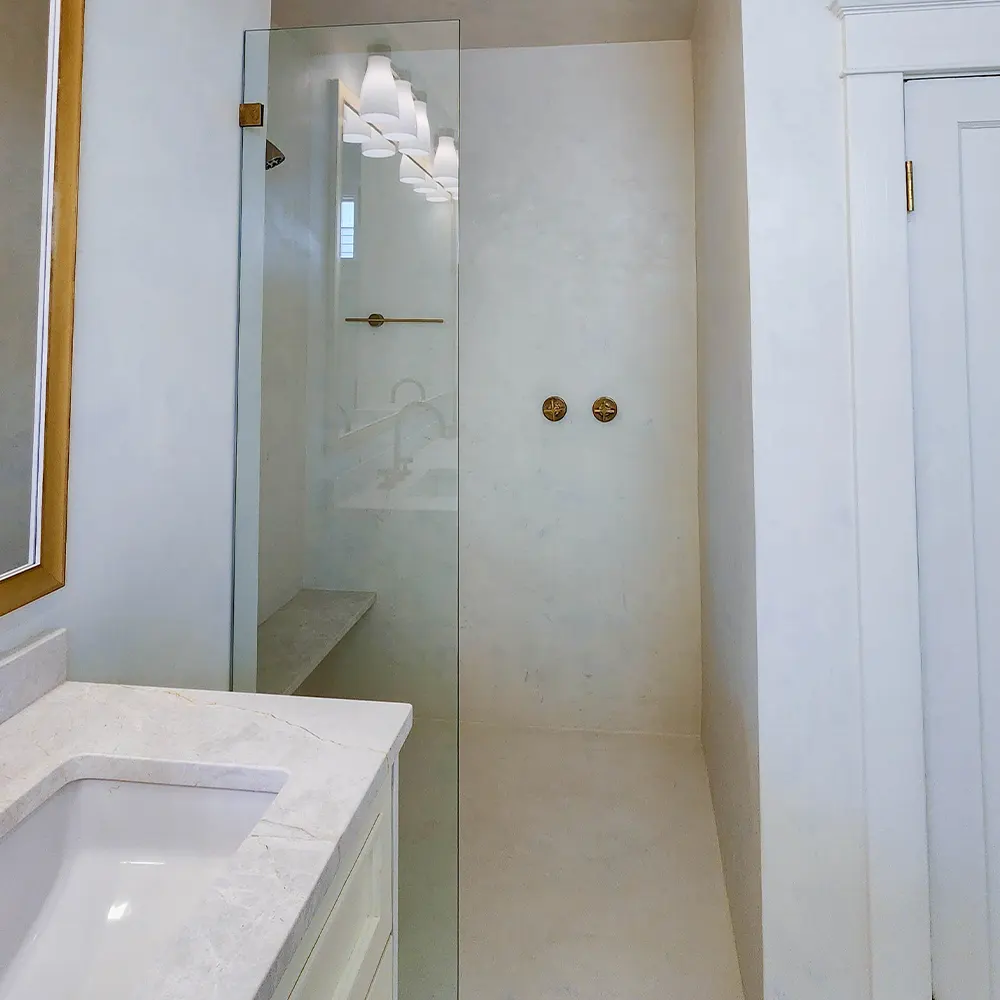
Microcement Wall Finish: Customize Your Space
Microcement walls can be further enhanced with different finishes to achieve the desired look and texture.
Some common microcement wall finishes include:
Polished Finish
A polished finish gives microcement walls a smooth and glossy appearance, adding a touch of sophistication and elegance to any space. This finish reflects light beautifully, creating a visually appealing effect.
Textured Finish
If you prefer a more tactile experience, a textured finish can add depth and interest to your microcement walls. Textured finishes can mimic the look of natural materials such as stone or create unique patterns and designs, adding a visual and tactile element to the walls.
Matte Finish
For a subtle and understated look, a matte finish is an excellent choice. This finish provides a velvety texture to the microcement walls, giving them a soft and inviting appearance. Matte finishes are versatile and work well in various interior styles.
Decorative Patterns
Microcement walls can also be adorned with decorative patterns, adding a touch of personality and creativity to your space. From geometric designs to intricate motifs, decorative patterns can make a statement and transform the walls into true works of art.
Microcement Wall Textures
Microcement wall textures refer to the various surface finishes and patterns that can be achieved by applying microcement to walls. This versatile technique allows you to create unique and visually appealing textures for your interior spaces.
6 Types of Microcement Wall Textures
- Smooth Finish: A smooth microcement wall texture offers a sleek, modern appearance. It’s ideal for minimalist designs and can mimic the look of polished concrete.
- Rustic Texture: If you prefer a more rustic or industrial look, microcement can be applied with textured patterns to replicate the charm of weathered materials like aged stone or distressed wood.
- Patterned Effects: Microcement allows for the creation of intricate patterns and designs on your walls. Geometric patterns, waves, or custom motifs can be achieved, adding a unique touch to your interior.
- Venetian Plaster: Microcement can be applied in a manner similar to Venetian plaster, creating a luxurious, marbled effect with a subtle texture that adds depth and sophistication to your walls. Explore the advantages in our detailed comparison of microcement vs venetian plaster, emphasizing microcement’s superior durability and adaptability.
- Tadelakt Finish: Inspired by Moroccan design, Tadelakt is a microcement wall texture that provides a waterproof, polished surface with a distinctively smooth texture, making it perfect for bathrooms and wet areas.
- Concrete Look: Microcement can replicate the appearance of raw concrete, giving your walls an industrial and contemporary aesthetic without the weight and structural demands of real concrete.
Whether you’re seeking a modern, edgy vibe or a more classical, textured appearance, microcement wall textures offer a wide range of options to elevate your interior design and create a distinctive atmosphere in your living or working space.
How to Apply Microcement on Walls: step-by-step application
The process of microcement application on walls involves a precise four-step process that should be followed diligently:
1 | Surface Preparation
The surface must be prepared by cleaning and smoothing out any imperfections.
2 | Primer Application
A primer is applied to ensure that the microcement adheres properly to the surface.
3 | Microcement Application
The microcement is then applied in several thin layers, using a trowel to create a smooth and even finish.
4 | Sealing and Finishing
The microcement is sealed to protect it from moisture and stains.
To guarantee the best results with Topcret microcement products, all installations are performed by our highly-trained, certified professionals. Rely on our skilled team to deliver exceptional, long-lasting microcement surfaces for your home or business. Trust Topcret for quality and excellence.
Microcement on Walls With Tiles
Another common question is whether microcement can be applied to walls with tiles. The answer is yes, you can microcement over tiles. Microcement can be applied directly over existing tiles, providing a convenient solution for renovating spaces without the need for tile removal. Here’s what you need to know:
Surface Preparation for Tiled Walls
Clean the tiled surface thoroughly, removing any dirt, grime, or grease. Repair any loose or damaged tiles, ensuring that the surface is stable and even. It's important to note that the condition of the tiles and the grout lines will affect the final appearance of the microcement. If the tiles are uneven or the grout lines are deep, it may be necessary to level the surface before applying microcement.
Applying Microcement over Tiles
Once the tiled surface is prepared, the microcement can be applied directly over the tiles. Follow the standard microcement application process, including applying the base coat, layering the microcement, and finishing techniques. It's important to ensure proper adhesion and compatibility between the microcement and the tiles. Applying a suitable primer designed for microcement is recommended to enhance adhesion and create a suitable substrate.
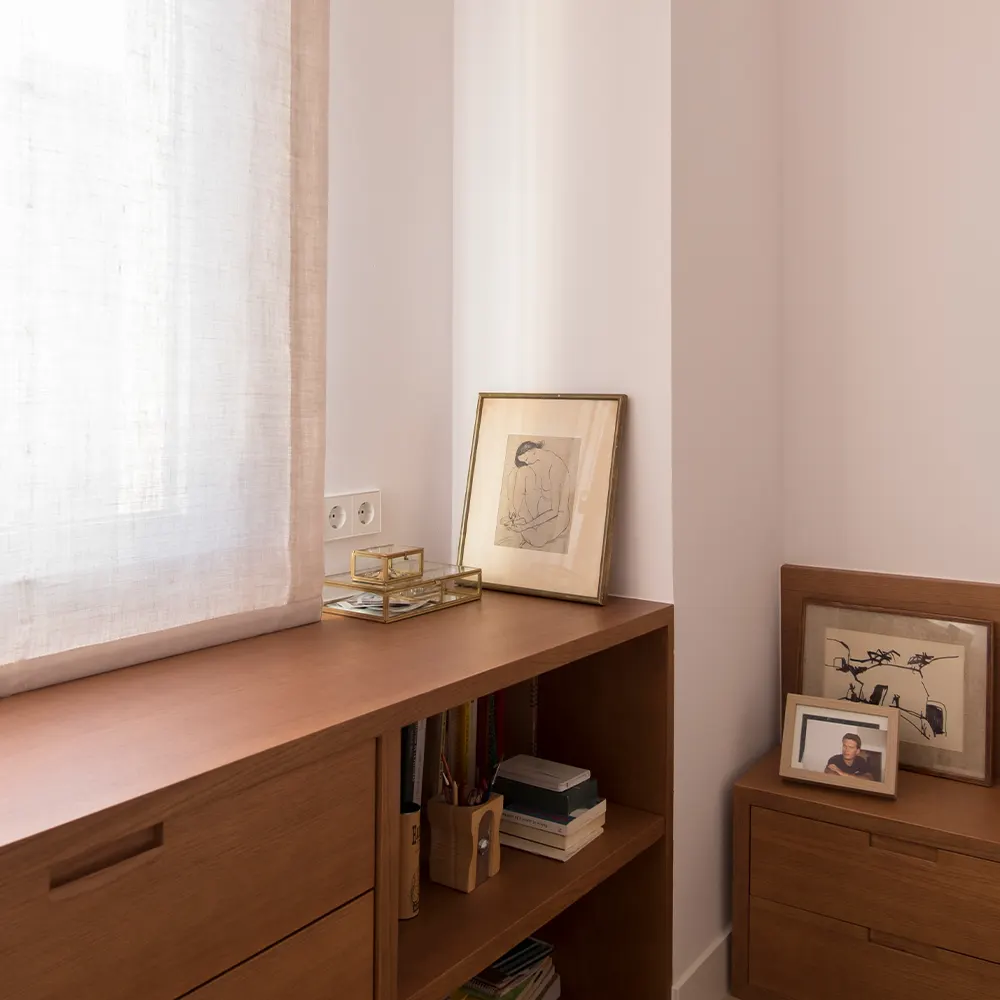
Microcement Wall Paint
What is Microcement Wall Paint?
Microcement wall paint is a specially formulated paint that contains microcement particles. It combines the benefits of traditional paint with the durability and texture of microcement. When applied to walls, it creates a striking finish that resembles various materials, including concrete, stone, or even metal, depending on the desired effect.
Types of Microcement Wall Paint Finishes
Concrete Effect: Achieve the industrial chic look of concrete without the weight and structural demands of real concrete. Microcement wall paint can replicate the raw, textured appearance of concrete, adding a contemporary touch to your space.
Stone Finish: Create the charm of natural stone with microcement wall paint. It can mimic the textures and colours of various stone types, bringing an earthy and organic feel to your interiors.
Metallic Look: For a touch of sophistication, opt for microcement wall paint with metallic finishes. This option adds a shimmering and reflective quality to your walls, perfect for modern and glamorous designs.
Custom Patterns: Microcement wall paint can be applied to create custom patterns and designs. Whether you prefer geometric shapes, waves, or bespoke motifs, this paint offers endless creative possibilities.
Why Choose Microcement Wall Paint?
Microcement wall paint is a great option for anyone looking to add a unique touch to their home. Here’s why:
Flexible Design: Microcement wall paint can take on many looks. It can look like concrete, stone, or even metal, depending on how it’s finished. This makes it a great choice for all kinds of home styles.
Strong and Durable: Microcement wall paint is very tough. It doesn’t scratch easily, it’s resistant to stains, and it doesn’t get damaged by water.
Easy to Clean: Keeping your microcement walls clean is easy. All you need to do is wipe them down with a cloth.
Good for the Environment: Microcement wall paint is a green choice. It uses less material than traditional concrete, which helps to reduce CO2 emissions.
Application Process: Applying microcement wall paint is a step-by-step process. When done correctly, it results in a beautiful, smooth finish.
Cost-Effective: While microcement wall paint might cost more upfront, it’s a good investment. It lasts a long time and requires little maintenance, saving you money in the long run.
In short, microcement wall paint is a great choice for your walls. It’s not just a paint, but a way to add a unique, durable, and easy-to-maintain design to your home.
What Surfaces are Suitable for Microcement Application?
Microcement is incredibly versatile and can be applied to a wide range of surfaces. However, it’s essential to keep in mind that it forms a very thin layer that mirrors the contours of the underlying surface. Moreover, any imperfections or ridges on the surface will be accentuated as the trowel passes over them. Therefore, it’s generally more straightforward when working with freshly boarded and plastered walls.
Another important consideration is that microcement doesn’t lend itself well to patching. To ensure a successful application, it’s crucial to plan ahead and ensure that no further modifications will be needed in the area once you commence the process. This may involve boarding all the way down to the floor if you intend to extend the microcement to that level and confirming the permanent placement of any fixtures or fittings.
In addition to freshly prepared surfaces, microcement can be applied to various other substrates, including painted surfaces, cement boards, cement render, aquaboards, and essentially any surface you can envision!
10 Suitable Wall Surfaces for Microcement
Microcement can be applied to a variety of wall surfaces, providing versatility and flexibility in design.
Here are some suitable wall surfaces for microcement:
- Concrete Walls: Microcement adheres well to concrete walls, making it a popular choice for both interior and exterior applications. Proper surface preparation, including cleaning and priming, is essential for successful application.
- Plasterboard Walls: Microcement can also be applied to plasterboard walls, commonly used in interior construction. Adequate surface preparation, priming, and suitability assessment are necessary for optimal results.
- Cement Board Walls: Cement board walls, often found in wet areas like bathrooms, can serve as a suitable substrate for microcement. Ensure that the cement board is stable, properly installed, and suitable for microcement application before proceeding.
- Tile Walls: Microcement can be applied over existing tile walls, offering an alternative to tile removal. Thorough cleaning and priming of the tile surface are crucial for proper adhesion.
- Plastered Brick Walls: Microcement is compatible with plastered brick walls, providing a sleek and modern finish. Ensure the plastered surface is even and in good condition before applying microcement.
- Gyprock Walls: Gyprock or drywall walls are suitable for microcement application. Adequate preparation, including priming, ensures a smooth surface for microcement finishing.
- Rendered Walls: Rendered walls, especially those with a cement-based render, offer a suitable base for microcement. Proper curing and surface preparation are essential for successful application.
- Wooden Walls: Microcement can be applied to wooden walls, adding a unique texture and finish to the natural wood grain. Ensure the wood is stable, well-prepared, and appropriately primed.
- MDF Panels: Microcement is compatible with MDF (Medium-Density Fibreboard) panels, allowing for textured and visually appealing wall surfaces. Adequate sealing and priming of the MDF are necessary.
- Fibreglass Walls: In some cases, microcement can be applied to fibreglass walls, offering a durable and aesthetically pleasing finish.
4 Microcement Wall Ideas
Microcement walls offer endless creative possibilities for transforming your space. Here are some inspiring ideas to consider:
1. Minimalist Elegance
Create a sleek and minimalist look by opting for monochromatic microcement walls in neutral tones. The clean lines and smooth finish add an air of sophistication to any room, making it a perfect choice for modern and minimalist interiors.
2. Industrial Charm
If you’re a fan of the industrial aesthetic, microcement walls can help you achieve the desired look. Pair them with exposed brick or metal elements to create an urban-inspired space with a raw and textured finish.
3. Geometric Patterns
Embrace the geometric trend by incorporating patterns into your microcement walls. Whether it’s a simple grid, chevron, or intricate geometric designs, these patterns can add visual interest and a touch of modernity to your space.
4. Natural Inspiration
Microcement Wall Colours
Microcement walls come in a wide range of colors, from classic neutrals to bold and vibrant hues. You can even mix and match colours to create a custom look that suits your style and taste. Here are some popular choices:
- Neutral Tones: Timeless and versatile choices for microcement walls. Whites, grays, and beiges create a clean and contemporary backdrop that complements various interior styles, allowing other elements to stand out.
- Bold and Vibrant: Make a statement with bold and vibrant colours for your microcement walls. Deep blues, rich greens, fiery reds, or sunny yellows inject energy and personality into your space.
- Earth Tones: Warm and earthy tones like terracotta, ochre, or sandy browns bring a sense of warmth and coziness. Perfect for rustic or nature-inspired interiors, creating a harmonious and inviting atmosphere.
- Metallic Accents: Add glamour and sophistication by incorporating metallic accents. Copper, bronze, or silver tones create a luxurious and modern ambiance, elevating the overall design of your space.
Microcement on kitchen Walls: Ultimate Trend in Interior Design
Microcement walls have become a popular choice in microcement kitchen design due to their durability and easy-to-clean surface. These walls provide a sleek and modern appearance that complements various kitchen styles, including minimalist and industrial designs.
In addition to kitchens, microcement is also an excellent choice for microcement bathroom projects, providing a seamless, waterproof finish that enhances the overall aesthetic.
Its versatility and low-maintenance nature make it a sought-after material in contemporary interior design. Discover the transformative power of microcement by browsing through our stunning kitchen and bathroom projects.
Don’t miss the opportunity to elevate your living spaces with this ultimate design trend!
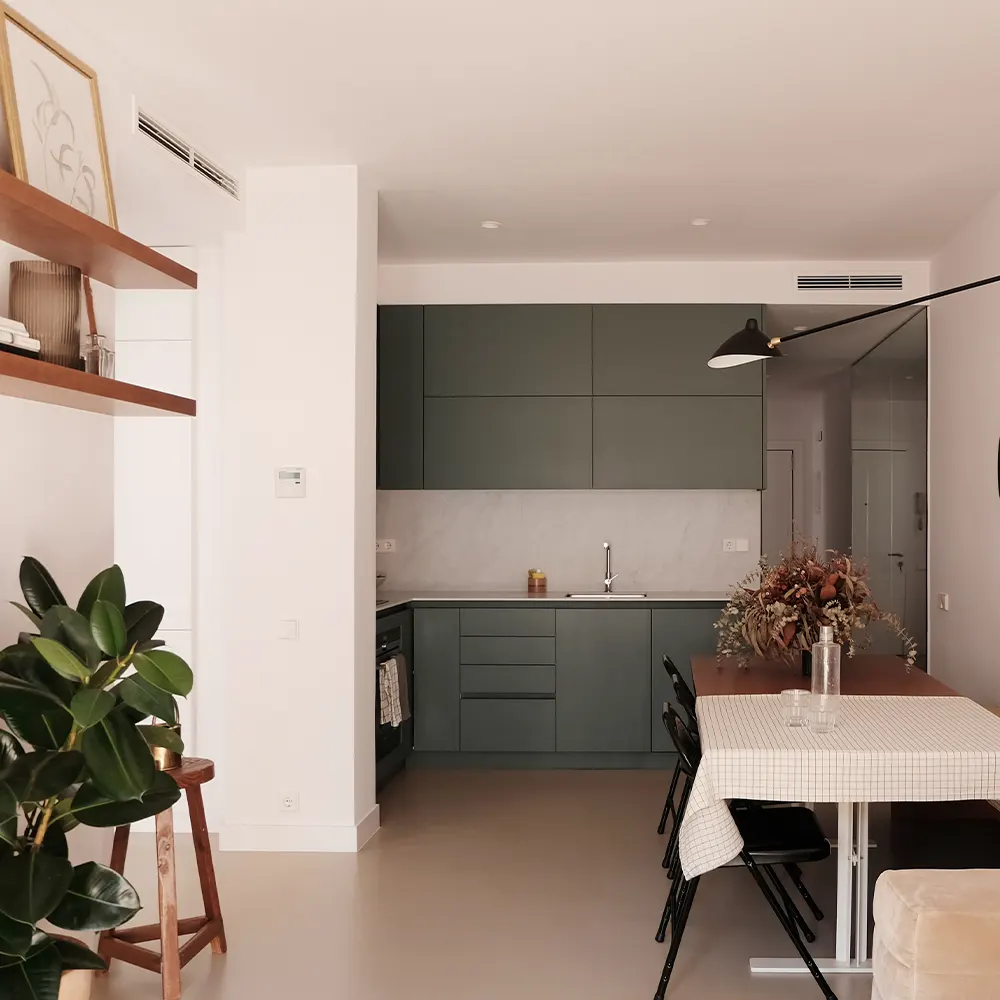
How much do Microcement walls cost? Budgeting Your Dream Home
When it comes to budgeting for home renovations, cost is always a consideration. The cost of microcement walls can vary depending on factors such as the size of the space, the complexity of the project, and the type of finish desired.
Factors Influencing Microcement Wall Costs:
Surface Area: The total square meterage to be covered directly impacts the cost. Larger areas typically result in higher costs.
Surface Condition: The condition of the wall’s surface is a significant factor. If the substrate is damaged or in poor shape, additional work may be needed, leading to increased costs.
Microcement Quality: The quality of the chosen microcement plays a pivotal role. High-performance microcement tends to come at a higher price point, while opting for lower-quality materials can prove costly in the long run.
Labour Charges: Labour costs vary depending on factors such as the applicator’s experience, project complexity, and the type of microcement selected.
However, compared to other wall coverings like tiles or wallpaper, microcement walls can be a cost-effective option, especially in the long run due to their durability and low maintenance requirements. In addition to affordability, microcement walls offer a modern and stylish appearance, making them an attractive choice for homeowners seeking to elevate their interior design.
We invite you to request a personalized budget for your microcement project, allowing us to help you find the perfect balance between style and affordability for your dream home. To receive an estimate for materials and installation, please contact us with the specific finish you desire, the total square meters needed, and the location of the project. Our team will connect you with a local installer who can provide you with a more accurate cost estimate.
Don’t hesitate to contact us for a tailored quote and make your dream home a reality with microcement walls!
Success Story with Microcement walls
In the bustling heart of London, on the iconic 182 Regent Street, stands a beacon of sustainable elegance: Lacoste’s largest boutique in the UK.
This architectural marvel is not just a retail space but a vivid representation of Lacoste’s commitment to sustainable design and innovation.
The walls of this boutique tell a story of their own, adorned with TOPCRET’s Baxab-Eco® in the sophisticated ‘Acero’ shade. This pioneering VOC-free microcement, renowned for its sustainability and unmatched quality, was the choice of the iconic brand. The result? Walls that radiate luxury while championing environmental consciousness.
Dive deeper into this transformation and discover how TOPCRET played a pivotal role in this Lacoste Store UK success story.
With TOPCRET’s innovative microcement solutions, every wall becomes a canvas, echoing tales of sustainable artistry and design.

Conclusion
Microcement walls stand as a testament to modern innovation in the sphere of interior design, offering a blend of durability, versatility, and aesthetic appeal. From residential spaces to commercial establishments, the allure of microcement is undeniable. Its resilience to wear and tear, coupled with its water-resistant properties, makes it a prime choice for high-traffic areas. Moreover, its adaptability to various design preferences, from minimalist to rustic, ensures it caters to a wide audience. As the world of design continues to evolve, microcement walls, with their myriad of benefits and design possibilities, are poised to remain at the forefront of sustainable and stylish interior solutions.
Buy The UK’s Premier Microcement Walls Kit
Topcret Microcement Walls Reviews
15 Reviews 4,5 Rating
FAQs
TOPCRET’s responses.
How do you apply microcement to walls?
Microcement application typically involves several steps, including surface preparation, applying a base coat, multiple layers of microcement, and a final sealing coat. The surface must be clean, dry, and free of dust or debris before the process begins.
How do you cover a wall with a microcement?
To cover a wall with microcement, first, prepare the surface by ensuring it’s clean and free of imperfections. Then, apply a primer followed by a base coat, multiple layers of microcement, and a protective sealer to achieve a smooth and durable finish.
Does microcement crack?
Although microcement is known for its durability and flexibility, it may develop small cracks if not applied correctly or if the substrate it’s applied to experiences movement. It’s crucial to use the correct mix and application technique to minimize the risk of cracking.
How long does microcement last?
Microcement is a highly durable material that can last for many years, even decades, when properly applied and maintained. Its longevity depends on factors like quality of application, environmental conditions, and regular maintenance.
Is microcement washable?
Yes, microcement is washable and easy to clean. Its smooth, seamless surface makes it resistant to stains and moisture, allowing you to wipe it clean with a damp cloth and mild detergent as needed.
Can I apply microcement myself?
While it’s possible to apply microcement yourself, it’s highly recommended to hire a professional with experience in microcement application to ensure optimal results. The process requires precision, skill, and proper knowledge of the materials used.
Is Microcement easy to maintain?
Microcement is low-maintenance and easy to care for. Regular cleaning with a damp cloth and mild detergent will keep the surface looking new. Additionally, periodic resealing may be required to maintain its water-resistant properties and overall appearance.
What is the difference between Microcement and micro concrete?
Microcement and micro concrete are both cement-based materials, but they differ in composition and application. Microcement is a thinner, more flexible material used for decorative purposes and can be applied to various surfaces. Micro concrete, on the other hand, is a thicker, more rigid material typically used for structural purposes like flooring or countertops.
Budgets & Inquiries
"*" indicates required fields
